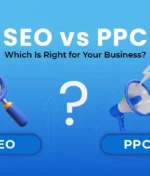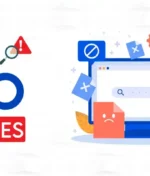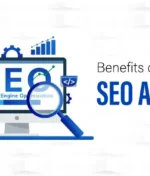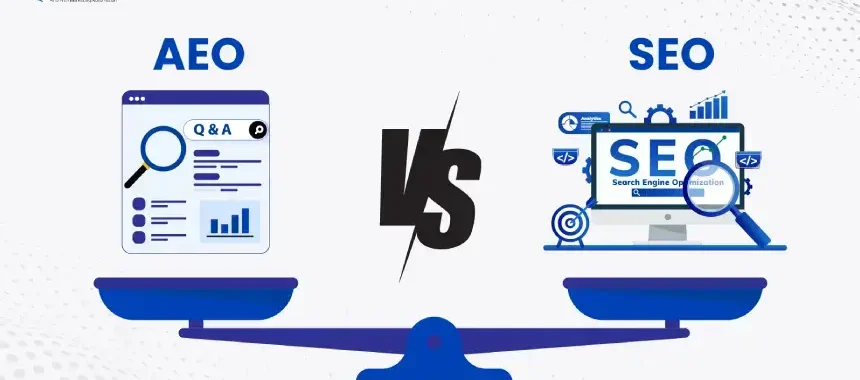
AEO vs. SEO: Why You Need Both for Online Success in Toronto
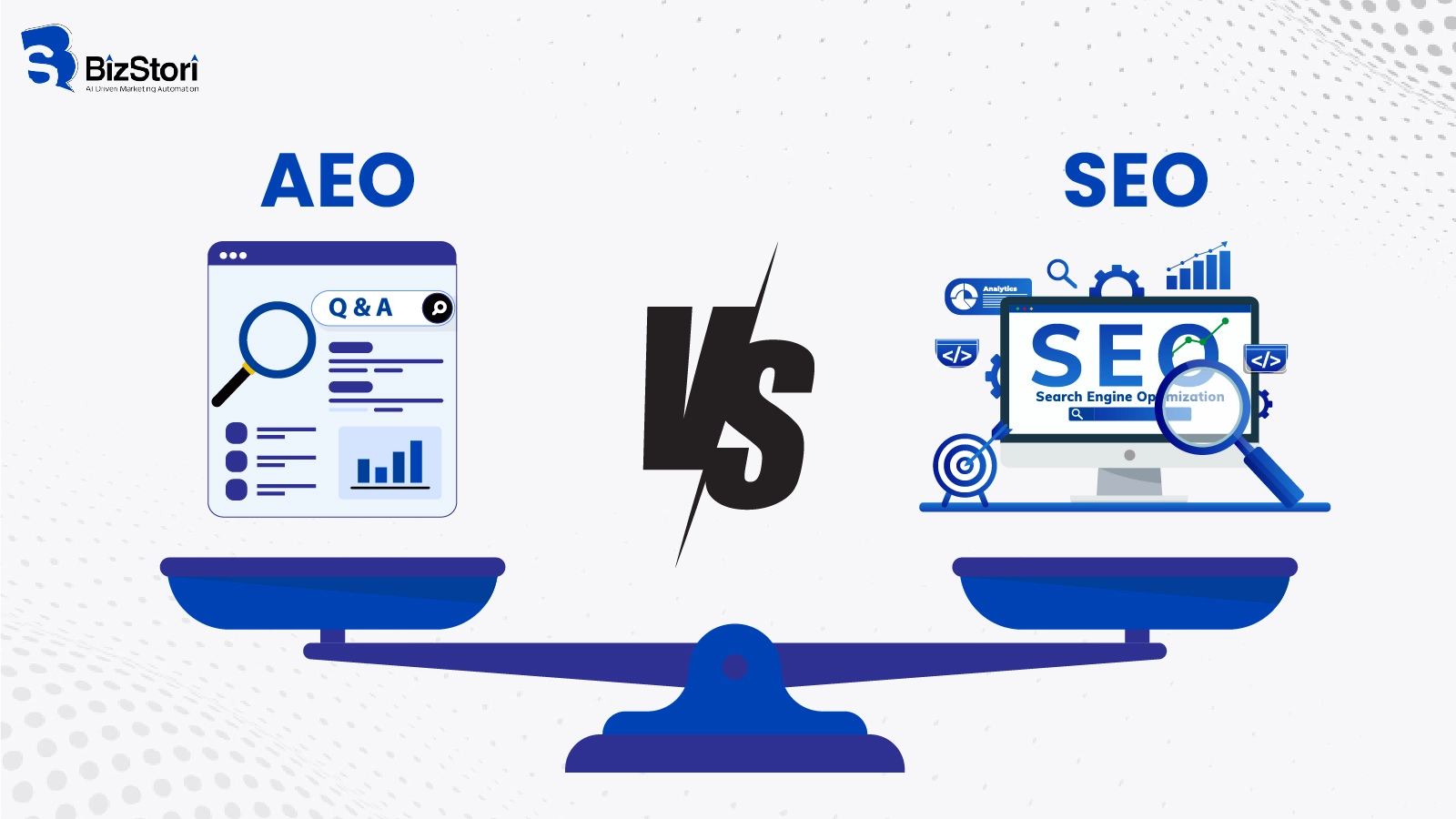
Search engine optimization (SEO) is a familiar term for anyone looking to boost their online visibility. But have you heard of AEO, or Answer Engine Optimization? This approach is changing how websites get seen and how users find information. While SEO and AEO both aim to improve your presence online, they serve different functions.
This post will explore the key differences between AEO and SEO. We will look at why each one matters and how you can combine them for the best results.
What is SEO (Search Engine Optimization)?

Search Engine Optimization is the process of improving your website to increase its visibility when people search for products or services related to your business in search engines like Google. The better visibility your pages have in search results, the more likely you are to attract attention and bring new customers to your business.
Key Focus Areas of SEO
SEO involves several core practices to help your site rank higher.
- Keyword Research: This is the foundation. It involves identifying the specific words and phrases your target audience uses when searching for what you offer.
- On-Page SEO: This focuses on optimizing individual web pages. It includes crafting compelling meta descriptions, clear titles, structured headers, and high-quality content that satisfies the user’s search.
- Off-Page SEO: This involves actions taken outside of your own website to impact your rankings. The primary method is building backlinks—getting other authoritative websites to link to your content.
- Technical SEO: This ensures your website runs smoothly for both search engines and users. It covers improving site speed, ensuring mobile-friendliness, and fixing issues like broken links.
What is AEO (Answer Engine Optimization)?
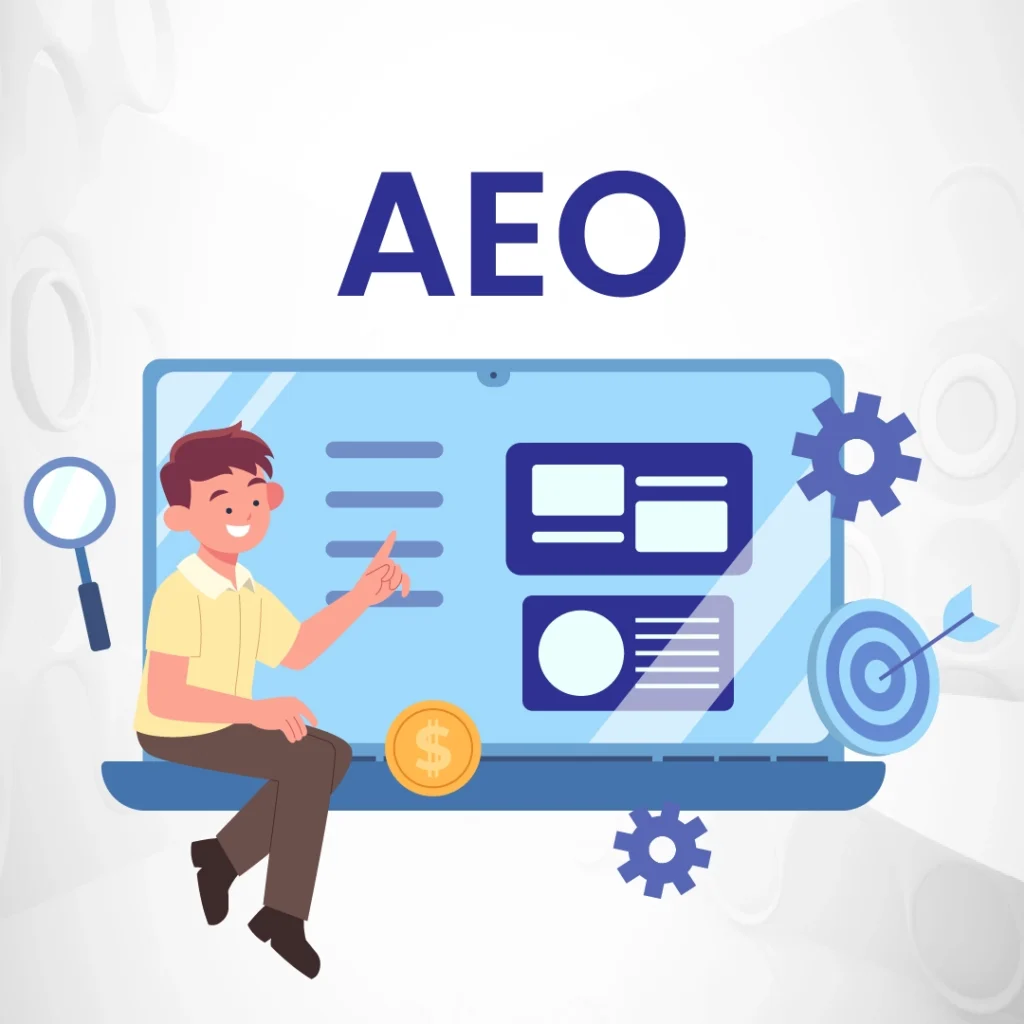
Answer Engine Optimization is the practice of optimizing your content to appear directly as an answer in a search engine’s results. This often means landing in a featured snippet, also known as “Position Zero,” which sits above the traditional search results.
Key Aspects of AEO
AEO prioritizes giving direct, clear answers to user questions.
- Structured Data: This involves using schema markup, a type of code that helps search engines understand the context of your content. This makes it easier for them to pull your information for rich results like recipes or reviews.
- Concise Content: AEO thrives on short, clear answers. Instead of long paragraphs, it focuses on providing direct solutions to common questions.
- User Intent Focus: The goal is to address the specific question behind a search. It’s about understanding what the user wants to know and delivering that information immediately.
AEO vs. SEO – Key Differences
While related, AEO and SEO have distinct goals and methods.
Goal:
- SEO: Aims to increase rankings within the traditional top 10 search results.
- AEO: Aims to provide a direct answer that appears at the very top of the search results page in a featured snippet.
Content Focus:
- SEO: Often favors long-form, detailed content that covers a topic comprehensively.
- AEO: Prefers short, direct, and actionable content formatted as lists, Q&As, or simple definitions.
Search Result Placement:
- SEO: Targets the standard organic search listings.
- AEO: Targets “Position Zero,” the featured snippet box above all other organic results.
Audience Intent:
- SEO: Caters to a broad range of queries, including informational (“what is…”) and transactional (“buy…”).
- AEO: Focuses on specific informational queries, which are often phrased as questions (“how to…,” “what are…”).
Why AEO is Gaining Importance

AEO is becoming more critical for a few key reasons.
- Voice Search Optimization: Voice assistants like Alexa, Siri, and Google Assistant pull their verbal answers directly from featured snippets. Optimizing for AEO is optimizing for voice search.
- Improved User Experience: Users love getting quick answers. AEO provides instant gratification, saving them from clicking through and scrolling down articles.
- Increased Click-Through Rates (CTR): Earning the top spot in Position Zero can significantly drive more traffic to your website, even if you don’t rank number one in the traditional results.
How AEO and SEO Work Together
AEO and SEO are not competing strategies; they are complementary. A strong SEO foundation is often a prerequisite for successful AEO.
Think of it this way: SEO builds the house, and AEO furnishes the front room to be as welcoming as possible. Your SEO efforts creating high-quality, well-structured content get your page ranking well. From there, AEO techniques can elevate a specific part of that content into a featured snippet.
For example, a comprehensive blog post that ranks high thanks to solid SEO might also contain a perfectly formatted Q&A section. AEO helps that specific answer get pulled for a featured snippet, giving you double the visibility for a single piece of content.
Practical Tips for Optimizing for AEO
Ready to start capturing those featured snippets? Here are five practical steps.
Step 1: Create Q&A-Based Content
Identify common questions your audience asks. Create content that directly answers these questions in a clear and concise manner. Think “who,” “what,” “where,” “when,” “why,” and “how.”
Step 2: Use Structured Data
Implement schema markup on your website. This code helps search engines understand what your content is about, increasing your chances of appearing in rich snippets for things like FAQs, how-tos, and recipes.
Step 3: Keep It Concise
Featured snippets favor brevity. Google often pulls answers that are between 40 and 50 words. Break down complex topics into simple, digestible sections.
Step 4: Target Long-Tail Keywords
Long-tail keywords (phrases of three or more words) are highly specific and often phrased as questions. Targeting “how to fix a slow-draining sink” is more likely to trigger a featured snippet than just “plumbing.”
Step 5: Optimize for Featured Snippet Formats
Structure your content in ways that are easy for Google to pull. Use bulleted points for lists, numbered lists for steps, and simple paragraphs for definitions. Placing the question in a heading (like an H2 or H3) and the answer directly below it is a powerful technique.
Real-World Examples
A Local Service Business
A plumbing company writes a blog post titled “How to Fix a Leaky Faucet.” Within the post, they include a numbered list detailing the steps. Because the content is clear and well-structured, Google features this list in Position Zero, driving targeted traffic from users who need immediate help.
A Health and Wellness Blog
A health blog wants to answer the question, “What are the benefits of yoga?” They create an article that includes a concise, bulleted list summarizing the key benefits. This list gets pulled into a featured snippet, establishing the blog as an authority on the topic.
Conclusion – AEO and SEO Are Both Crucial
AEO and SEO are two sides of the same coin. SEO builds a strong foundation for long-term organic search rankings, while AEO helps you win the highly coveted featured snippet spots that provide immediate answers.
By combining both strategies, you can dominate the search engine results page. You provide value to users looking for in-depth information while also capturing the attention of those who want a quick answer.
Now is the time to evaluate your current SEO strategy and look for opportunities to implement AEO. Start optimizing your content for both to unlock higher traffic and greater visibility.

